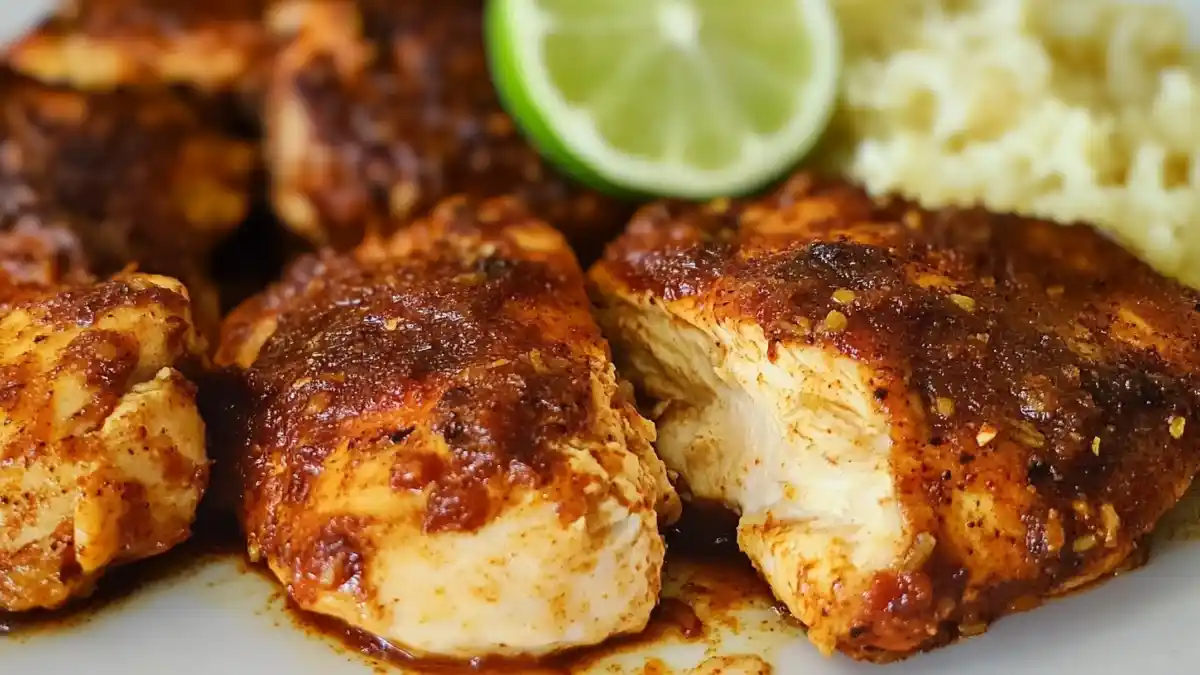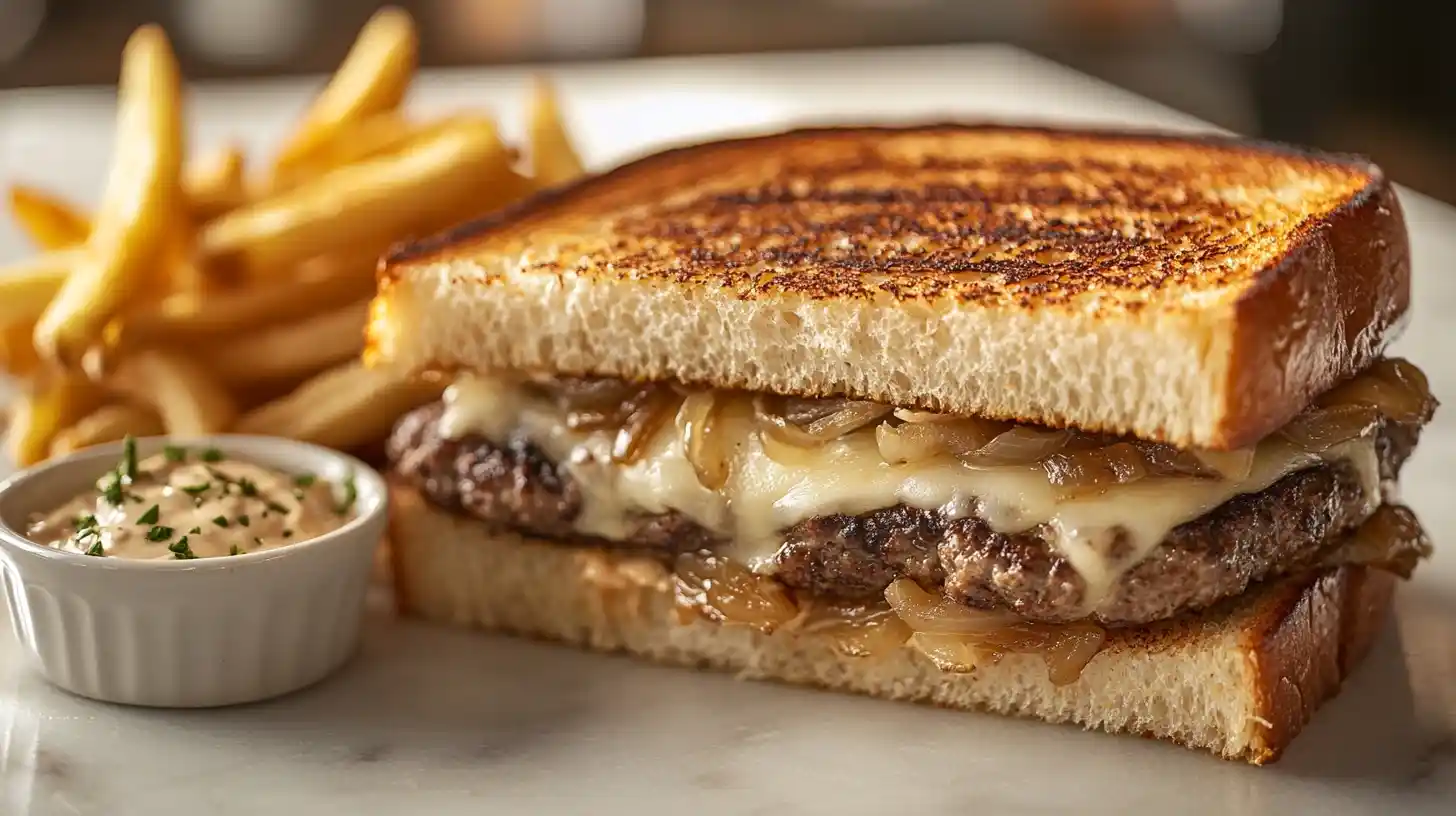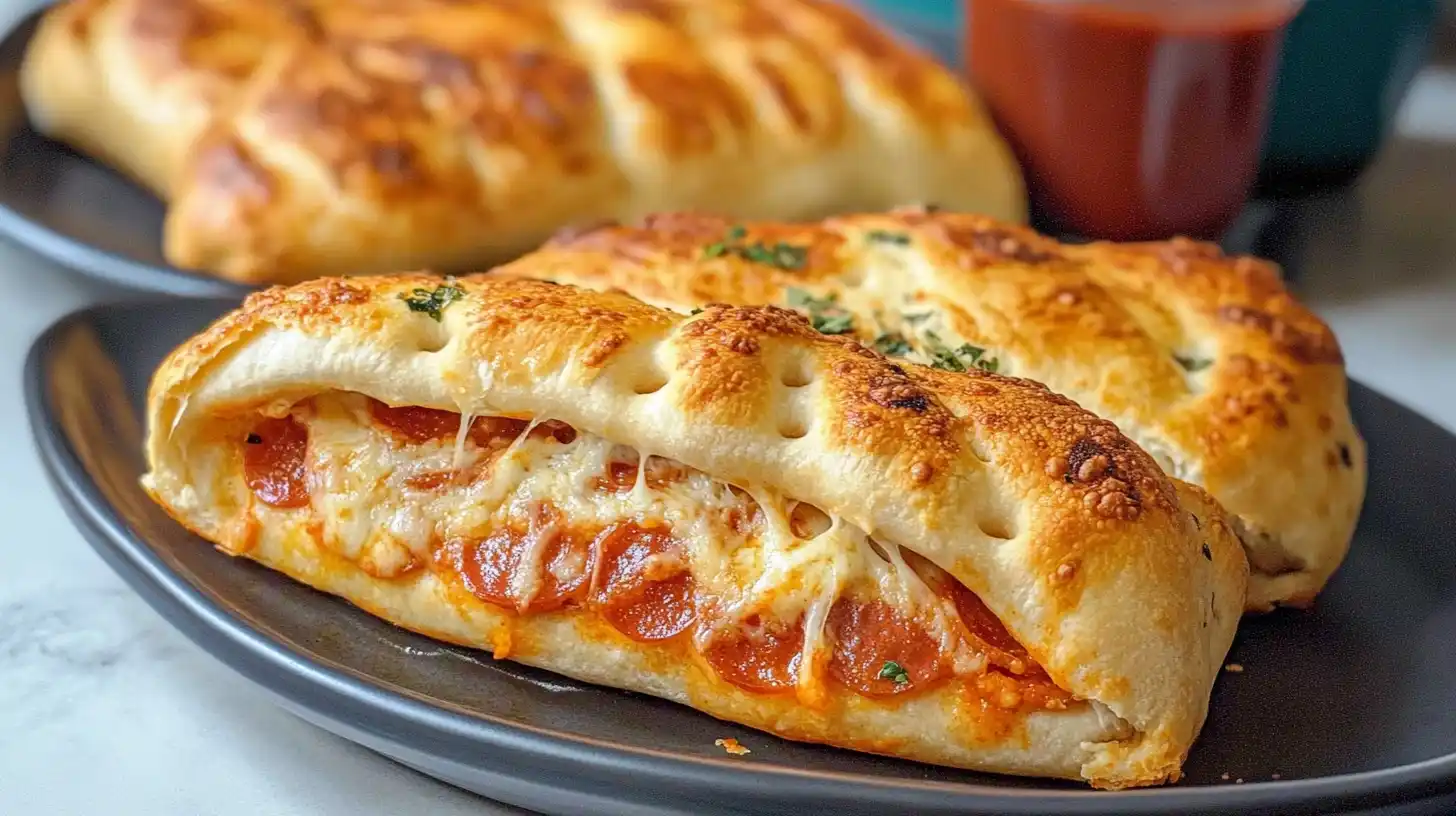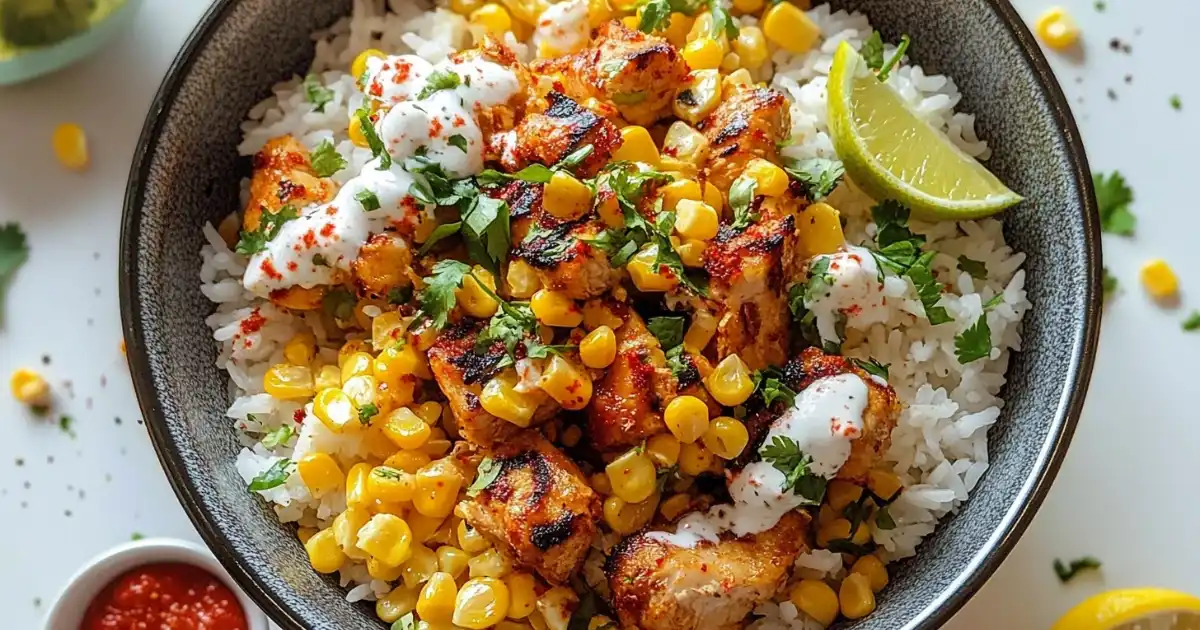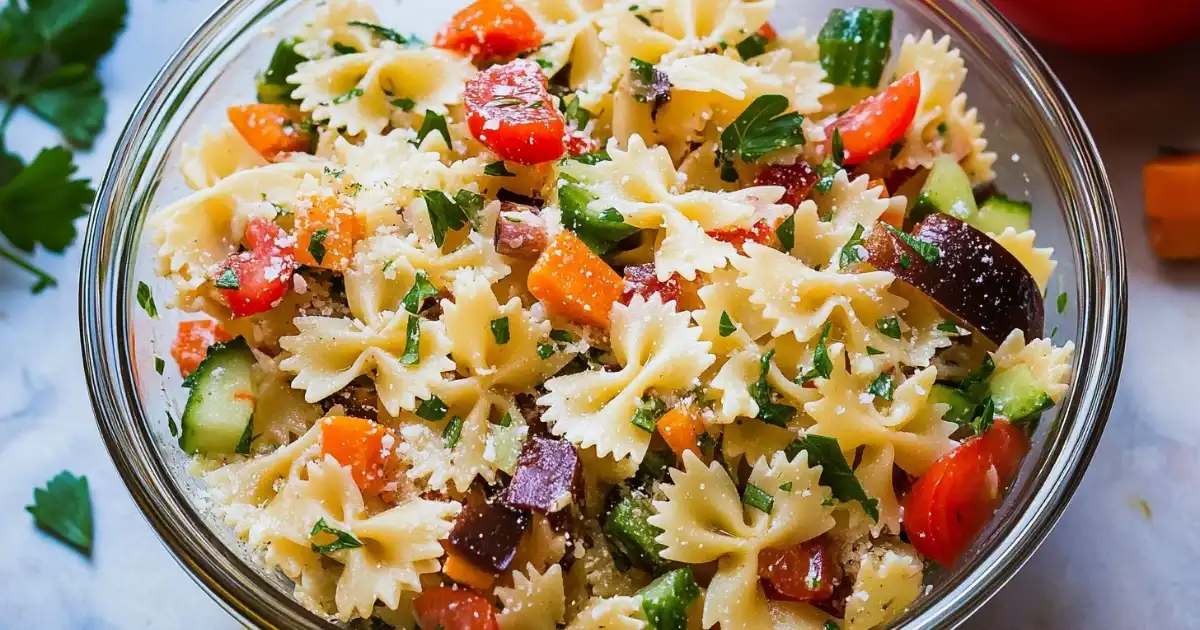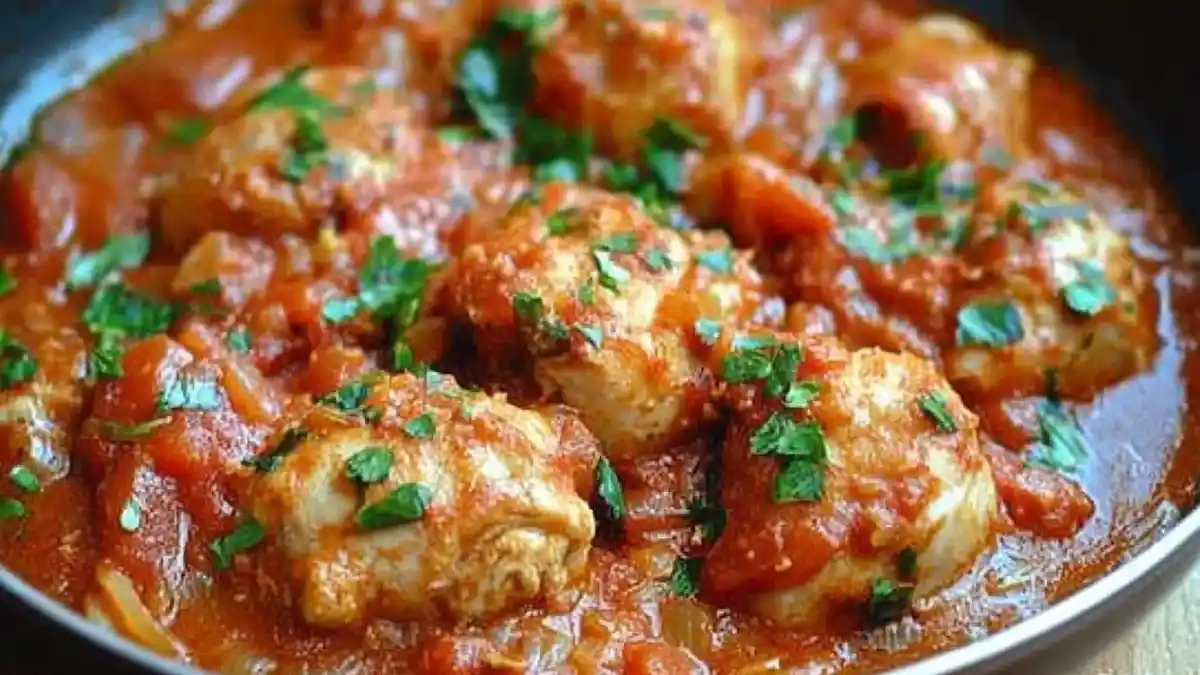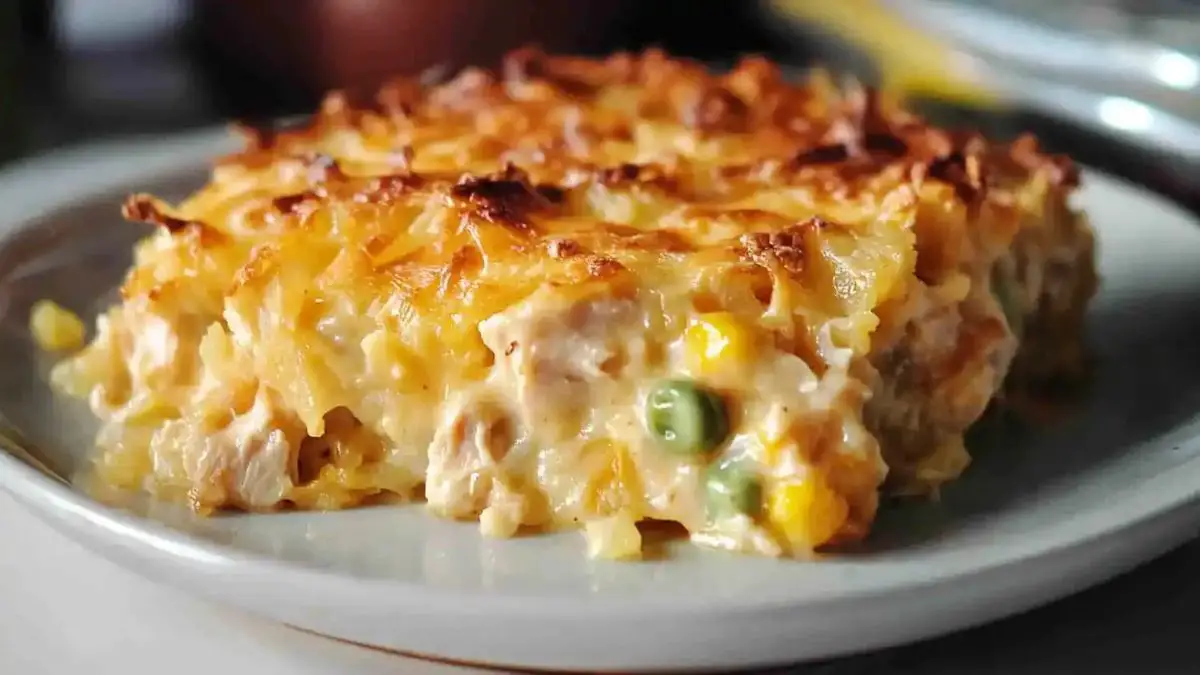Have you ever craved a bright pasta dish that’s quick to make yet loaded with flavor? Lemon Parmesan Pasta could be just what you need. It’s a simple pasta recipe with fresh lemon juice, parmesan cheese, and a gentle hint of garlic, all blended into a smooth sauce. The citrus note wakes up your taste buds, while the creamy finish adds comfort.
You won’t need special tools or hard-to-find ingredients, making it perfect for busy nights. Get ready to enjoy a classic meal that feels light, fresh, and ready to impress.
Why You’ll Love This Recipe
This dish is easy to make and takes about 30 minutes from start to finish. You can cook the noodles, stir up a citrusy sauce, and serve a restaurant-style meal without fuss. Lemon Parmesan Pasta offers a bright lemon flavor, balanced by the savory taste of garlic and parmesan cheese. It doesn’t rely on fancy elements, so it’s beginner-friendly and cost-effective.
Another plus is its flexibility. You can add chicken, veggies, or even switch the type of pasta to suit your taste. Because it relies on everyday items like olive oil, butter, and grated cheese, it fits right into weeknight cooking. If you want a refreshing spin on traditional spaghetti, this recipe delivers big results with minimal effort.
Ingredients for Lemon Parmesan Pasta
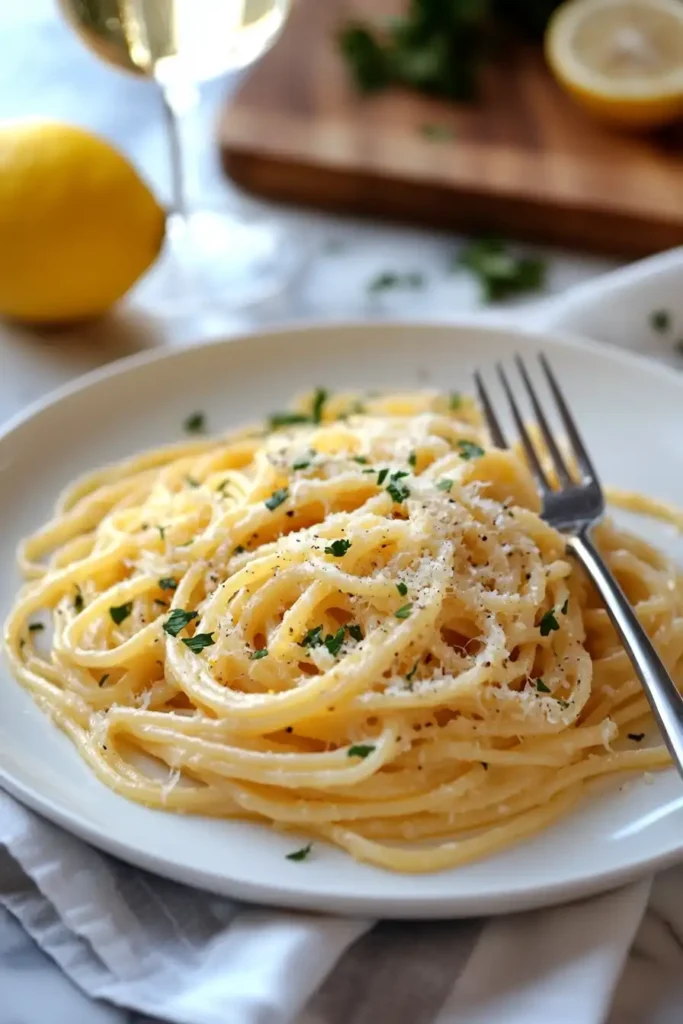
Below is everything you’ll need. Gather these items before you begin:
- Spaghetti or another long pasta (about 12 ounces)
- 2 tablespoons olive oil
- 2 tablespoons butter
- 3 cloves garlic, minced
- 1 cup freshly grated parmesan cheese (plus more for topping)
- Juice of 1 lemon (roughly 2–3 tablespoons fresh lemon juice)
- Zest of 1 lemon
- ½ cup heavy cream (optional if you want a richer sauce)
- ½ teaspoon salt and pepper (or adjust to taste)
- ½ cup reserved pasta water (you might need a bit more)
- Chopped parsley (optional garnish)
Ingredient Notes
- Pasta Choice: Spaghetti is common for its classic bite, but angel hair pasta works if you prefer thinner noodles.
- Olive Oil and Butter: Olive oil keeps garlic from burning, while butter adds a smooth finish.
- Garlic: Minced garlic boosts flavor. Don’t let it brown too much.
- Parmesan Cheese: Freshly grated cheese melts smoothly compared to pre-packed shreds.
- Lemon Juice and Zest: These are key for the bright, tangy flavor.
- Heavy Cream: Adds richness. You can skip it for a lighter meal.
- Reserved Pasta Water: This starchy liquid helps the sauce stick to the noodles.
How to Make Lemon Parmesan Pasta
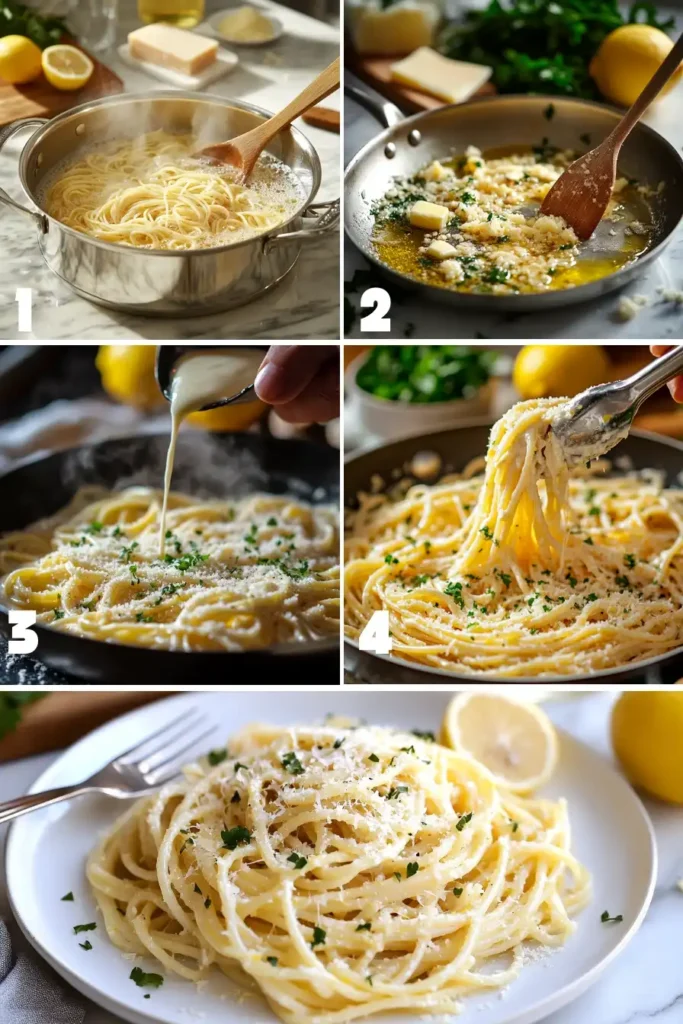
Step 1: Cook the Pasta
- Fill a large pot with water and bring it to a boil.
- Add a generous pinch of salt to the water. This seasons the noodles from the inside.
- Slide in the pasta (spaghetti is a good choice) and let it cook according to package instructions—usually 8–10 minutes.
- Aim for al dente, meaning the noodles are cooked but still have a slight bite in the center.
- Before you drain pasta, scoop out about 1 cup of the pasta water and set it aside. This is crucial for creating a silky sauce.
- Drain the pasta and keep it nearby.
Step 2: Warm the Skillet
- While the pasta is cooking, set a large skillet over medium heat.
- Add olive oil and butter. Let the butter melt and stir them together.
- Once the butter is melted, add the minced garlic.
- Cook for about 1 minute, stirring so it doesn’t brown. Burnt garlic creates a bitter taste.
- Season lightly with salt and pepper. This starts building layers of flavor.
Step 3: Add Lemon and Cream (If Using)
- Pour in the fresh lemon juice. You should hear a soft sizzle as it meets the hot pan.
- If you want a creamy lemon sauce, add the ½ cup heavy cream now.
- Stir gently so everything blends. Keep the heat on medium to avoid scorching.
- Sprinkle in about half of your grated parmesan cheese.
- Stir until the cheese begins to melt into the sauce.
- If the sauce seems thick, add a bit of the pasta water. This helps thin it without losing flavor.
Step 4: Combine Pasta and Sauce
- Add the cooked pasta to the skillet. Keep it warm so it absorbs the sauce well.
- Toss the noodles gently, coating them in the lemon garlic mixture.
- If the pasta looks dry, spoon in more of the reserved pasta water.
- Stir in the remaining parmesan cheese.
- Add the lemon zest. This brightens the sauce with natural citrus oils.
- Taste and adjust with more salt and pepper if needed. A dash of extra lemon juice is fine if you like it tart.
- Keep mixing until the sauce clings to every strand.
Step 5: Final Touches
- Let the pasta rest for a minute in the skillet.
- If it becomes too thick, stir in a spoonful of reserved pasta water or a small pat of butter.
- Turn off the heat once you reach your preferred consistency.
- Transfer the pasta to a serving bowl or individual plates.
- Top with extra parmesan, a sprinkle of chopped parsley, or another pinch of lemon zest.
- Serve immediately to enjoy the best flavor and texture.
Serving and Storage Tips
Serving Suggestions
- Pair with Salad: A crisp green salad with a light dressing balances the rich cheese and lemon juice.
- Try Roasted Vegetables: Roasted broccoli, zucchini, or carrots add color and extra nutrients.
- Add Protein: If you want more substance, serve it with grilled chicken or fish. Some folks like shrimp for a seafood twist.
- Bread or Breadsticks: Garlic bread goes well with this pasta dish if you want a complete and hearty meal.
- Extra Toppings: A pinch of red pepper flakes or more lemon zest can add a little spark.
Storage
- Refrigerate Leftovers: Place any remaining pasta in an airtight container and store in the fridge for up to three days.
- Reheat Gently: Warm it in a saucepan over low heat or use the microwave. Add a splash of water, cream, or oil to loosen the sauce.
- Avoid Freezing: The dairy can separate if frozen, which changes the texture. If you must freeze, skip the cream and add it after thawing.
- Revive Lemon Flavor: If the citrus taste fades during storage, squeeze in fresh lemon juice just before serving again.
FDA’s Cold Food Storage Chart: Offers detailed guidelines on refrigerator and freezer storage durations to maintain food quality and safety.
Helpful Notes
Pasta Choice
- Variety: Feel free to use angel hair pasta, spaghetti, or even penne. Angel hair has a thinner texture that clings well to the sauce, while spaghetti provides a familiar feel.
- Whole Wheat or Legume Pasta: If you want more fiber or a gluten-free option, these choices work too. Keep an eye on cooking time, as different pastas vary.
- Adding Protein: If you’d like diced chicken, cook it first in the skillet, then remove it and follow the sauce steps. Add the chicken back in near the end so it stays tender.
Adjusting the Flavor
- Boosting Citrus: If you want a bolder lemon taste, increase the zest or juice.
- Toning It Down: For a mild taste, start with half the lemon amount. Add more if needed after you taste the sauce.
- Extra Garlic: If you love garlic, toss in another clove or two.
- Cheese Swaps: Parmesan cheese is standard, but pecorino romano can work in a pinch.
- Salt Levels: Watch how much salt you add if you’re using salted butter or salty cheese.
Recipe Extensions
- Vegetables: Try mushrooms, roasted tomatoes, or spinach. You can stir them in at the end.
- Spicy Kick: A pinch of red pepper flakes or diced chili gives a hot edge.
- Leafy Greens: Spinach, kale, or arugula add nutrients and color.
- Extra Protein: Shrimp, salmon, or leftover chicken are welcome additions. Season them with a little lemon juice so they blend well.
- No Cream Option: If you skip the cream, make sure to reserve enough pasta water to keep the sauce smooth.
Saving Pasta Water
- Why It Matters: The starchy liquid thickens and binds the sauce. It also helps the lemon parmesan sauce cling to the noodles.
- How Much to Save: Keep at least ¼ cup before draining. You might want more if you plan to store leftovers.
- Reheating Tip: Stir a spoonful of this water into your pasta during reheating to restore moisture and keep the sauce silky.
Healthy Tweaks
- Less Butter: Cut the butter amount in half, or skip it entirely.
- Swap Cream: Use Greek yogurt or low-fat milk for a lighter version. Heat them gently to prevent curdling.
- Extra Veggies: Adding broccoli florets or other vegetables extends the meal.
- Zucchini Noodles: For a low-carb approach, spiral-cut zucchini works well with the lemon sauce.
Common Mistakes to Avoid
Overcooking the Pasta
A common error is letting the noodles become mushy. Check a strand at least a minute before the package time. You want al dente for a classic bite. Overcooked pasta loses its ability to hold the sauce, resulting in a limp final dish.
Letting the Garlic Burn
Garlic can go from fragrant to bitter fast. Keep an eye on the heat, stir often, and remove the skillet from the burner if it begins to darken. Once garlic scorches, the flavor is harsh and can overpower the lemon and cheese.
Forgetting to Save Pasta Water
Don’t pour all your water down the drain. If you do, you miss out on the starch that helps form a creamy sauce. A bit of that water can rescue you from a dry pasta dish.
Conclusion
Lemon Parmesan Pasta gives you a refreshing twist on classic noodles. You get a burst of citrus thanks to fresh lemon juice, a savory boost from garlic, and a creamy base from parmesan cheese. Even if you’re not a seasoned cook, you can pull this off in about half an hour. It works for both cozy dinners at home or as a crowd-pleasing dish when you have guests. This recipe also invites plenty of creativity. Toss in chicken, shrimp, or veggies to make it your own.
With a few simple steps, you’ll have a meal that feels both homemade and special. Try it once, and you may end up adding it to your regular dinner rotation. If you enjoy this recipe, feel free to share your experience with friends or post your version online. It’s a quick, easy way to serve something bright and tasty any night of the week.
______________________________________
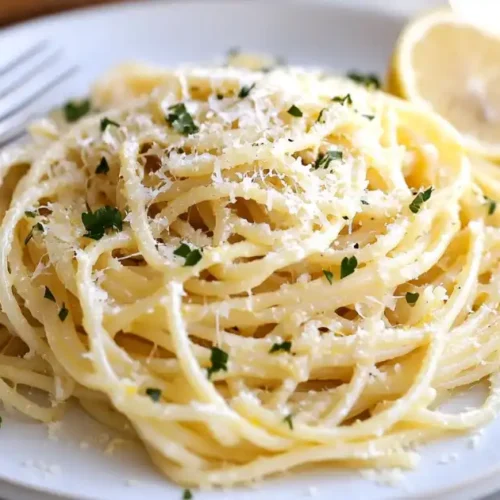
Lemon Parmesan Pasta
Ingredients
- 12 oz spaghetti (or any long pasta)
- 2 tbsp olive oil
- 2 tbsp butter
- 3 cloves garlic (minced)
- 1 cup freshly grated Parmesan cheese (plus extra for topping)
- Juice of 1 lemon (about 2–3 tbsp)
- Zest of 1 lemon
- ½ cup heavy cream (optional)
- ½ tsp salt and pepper (adjust to taste)
- ½ cup reserved pasta water (as needed)
- Chopped parsley (optional, for garnish)
Instructions
1. Cook the Pasta
- Boil a large pot of salted water.
- Cook pasta until al dente (about 8–10 minutes).
- Reserve ½ cup of pasta water, then drain.
2. Prepare the Sauce
- Heat a large skillet over medium heat.
- Add olive oil and butter. Stir until butter melts.
- Sauté garlic for 1 minute, avoiding browning.
- Season with salt and pepper.
3. Add Lemon and Cheese
- Pour in lemon juice (listen for a sizzle).
- Stir in heavy cream (if using) and half the Parmesan cheese.
- Add a bit of reserved pasta water to thin the sauce, if needed.
4. Combine with Pasta
- Toss in the cooked pasta and mix well.
- Add remaining Parmesan cheese and lemon zest.
- Adjust seasoning if needed.
5. Final Touches & Serve
- If sauce thickens, add more pasta water or a small pat of butter.
- Remove from heat.
- Garnish with extra Parmesan and chopped parsley.
- Serve immediately.
Notes
- Calories: 480 kcal
- Total Fat: 18g
- Saturated Fat: 8g
- Cholesterol: 30mg
- Sodium: 420mg
- Carbohydrates: 58g
- Fiber: 3g
- Sugars: 2g
- Protein: 14g
Explore More Delicious Recipes
If you enjoyed diving into the Lemon Parmesan Pasta, why not explore more delightful dishes from our collection? Here are some must-try recipes to elevate your cooking adventures:
- Caesar Pasta Salad Recipe
- Mexican Chicken Salad Recipe
- Ditalini Pasta Salad Recipe
- Crab Cake Salad Recipe
- Bow Tie Pasta Salad Recipe
Explore these recipes today to bring more exciting flavors to your table and make every meal memorable!
FAQs
1. What does lemon pasta taste like?
Lemon pasta offers a bright, tangy flavor thanks to fresh lemon juice and zest. The citrus notes blend with the richness of garlic, olive oil, and sometimes cream, creating a light yet satisfying taste that’s both refreshing and comforting.
2. Do lemon and Parmesan go together?
Yes, lemon and Parmesan cheese make a great pair. The zesty tang of lemon balances the savory, slightly salty taste of Parmesan, adding depth to each bite. This combination delivers a smooth, creamy finish while still feeling light.
3. What to serve with lemon pasta?
Lemon pasta goes well with grilled chicken, shrimp, or a simple green salad. Roasted vegetables like zucchini or broccoli are also popular side options. Adding crusty bread or garlic bread can round out the meal for a heartier dinner.
4. Why is Parmesan used in pasta?
Parmesan cheese adds both flavor and texture. Its savory profile complements many pasta sauces, while its melting quality helps create a creamy consistency. In lemon pasta, Parmesan contributes a distinct richness that highlights the lemon’s bright notes.
5. Is lemon pasta healthy?
Lemon pasta can be part of a balanced diet when enjoyed in moderation. Lemon adds vitamin C, and you can adjust ingredients—like using whole wheat pasta or reducing butter—to make it lighter. Adding fresh vegetables or lean protein boosts the overall nutritional value.


